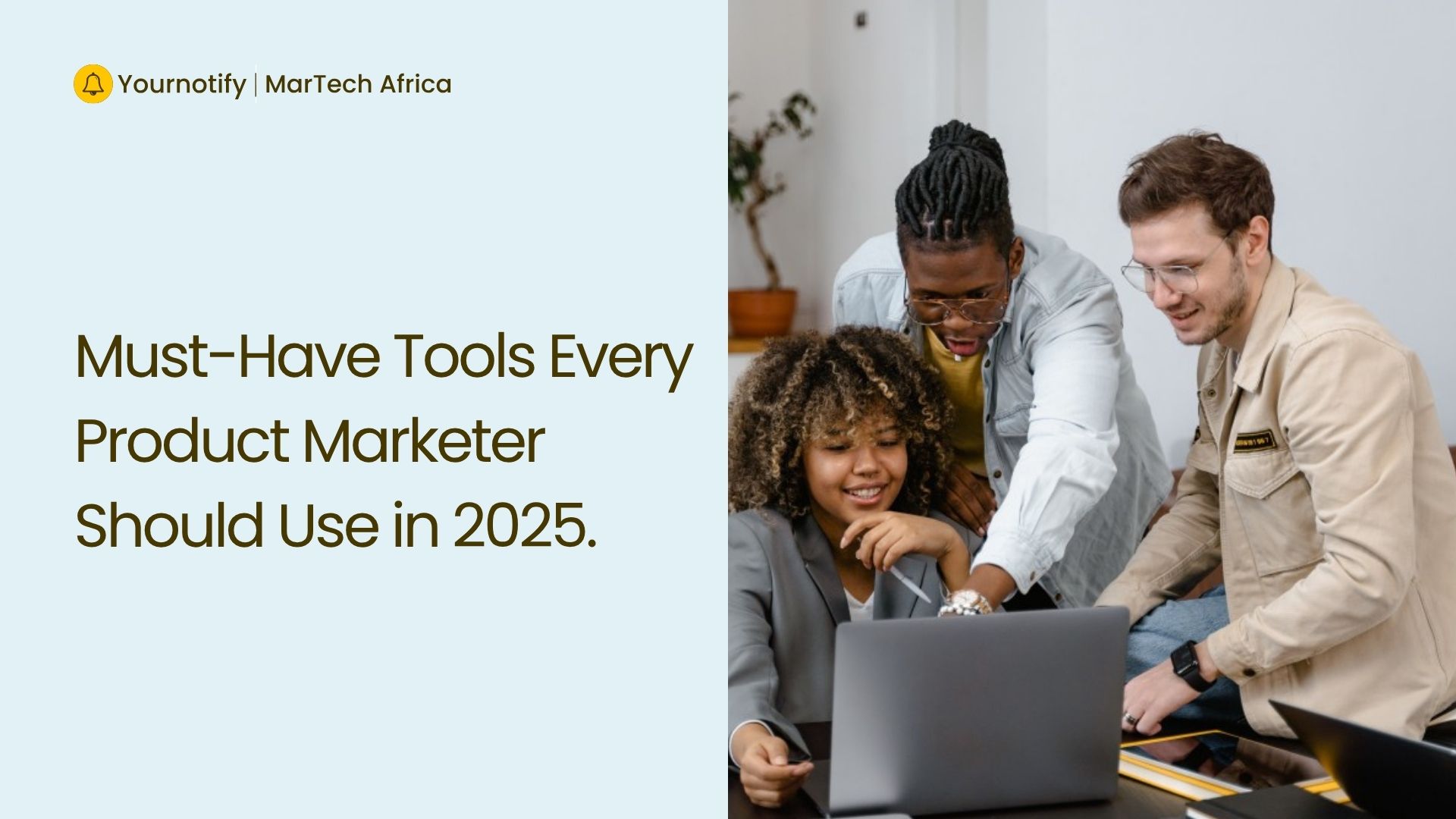In today’s cluttered digital environment, consumer attention has become a scarce commodity and brand loyalty…

Step‑by‑Step Guide to Using Sentiment Analysis for Brand Growth in Africa
If you’re building or marketing a brand in Africa today, social media has become the continent’s largest and most honest focus group. Conversations on whatsApp groups, TikTok trends are part of the millions of daily conversations that reveal exactly what people love, dislike, or hope to see from the brands they encounter.
However, most of these feedback is casual, spontaneous “chatter”, not neatly captured in customer feedback forms. Yet it carries enormous value for brands that know how to interpret it. Despite the growing optimism across Africa, for example, 77% of African youth expect their standard of living to improve over the next two years. Only 11 of Africa’s Top 100 most admired brands are home‑grown, the lowest level since 2011. This gap highlights a critical opportunity: belief in Africa must translate into loyalty to African brands.
This is where sentiment analysis is necessary for brand to help them decode the emotional pulse of everyday conversations, brands can earn genuine preference, loyalty, and ultimately purchase.
What Is Sentiment Analysis?
Sentiment analysis is exactly what it sounds like: measuring how people feel about a brand, product, or campaign, whether positive, negative, or neutral based on what they say online. It goes beyond counting likes or shares. Instead, it interprets the mood behind words, emojis, images, and even videos.
Modern sentiment analysis relies on AI and algorithms to scan massive volumes of content across social media, blogs, and reviews, tagging expressions of emotion like “happy,” “frustrated,” or “meh.” This real‑time feedback provides actionable insights, allowing brands to respond quickly.
The difference today is scale and speed. Real‑time tools can analyse millions of posts in seconds, helping brands spot a brewing crisis, a viral compliment, or a shift in consumer sentiment before it escalates. In fact, a recent statistic shows that 91% of companies with high ROI track sentiment in real time. Studies show that real‑time sentiment tracking can increase sales by up to 20% and improve lead quality by up to 25%.
The Challenges of Sentiment Analysis in Africa
Language & Culture
Africa has over 2,000 languages and dialects, fast‑changing slang, and coded cultural cues. A joking post in Nigerian Pidgin or a meme in Swahili can totally confuse global sentiment tools and result in missed or mis‑interpreted signals. That’s why leading‑edge platforms are starting to adapt, integrating local African languages and even emoji/meme analysis to reflect how Africans actually express themselves online.
Platform Diversity & Data Streams
Digital conversations in Africa span many channels. Brands cannot rely on a single platform like Facebook or X alone. They need tools and processes that are flexible, robust and culturally aware.
Smaller Budgets, Bigger Expectations
Many African brands operate with lean marketing teams and modest budgets. The idea of installing enterprise sentiment‑analysis infrastructure can feel overwhelming. Yet the upside is high: with authenticity and real‑time responsiveness, local brands can catch up fast.
Turning Social Chatter into Product Insights
So how do brands turn streams of online chatter into strategic product or brand decisions? It comes down to recognising patterns, extracting meaning, and acting fast. Here’s a clear, accessible framework used by successful brands:
-
Listen Broadly
Gather data from diverse digital sources; don’t limit yourself to one platform. Consider WhatsApp groups, Instagram Stories, TikTok trends, local forums and review sites. -
Filter Signals from Noise
Use sentiment tools to identify not just major spikes in praise or complaint, but recurring themes, subtle suggestions, and hidden pain‑points. -
Map Sentiment to Action
Connect shifts in online mood to business actions, launching a new feature, tweaking messaging, or quickly resolving common frustrations. -
Act and Adapt
Test product ideas or campaign changes sparked by consumer feedback; measure if sentiment improves after you act. Use sentiment‑shift as a KPI for your next cycle.
Tools and Techniques: Accessible Tech for African Brands
You don’t need a massive team or budget to get started with sentiment analysis today. Consider these accessible tools and action steps, ideal for lean African marketing teams:
-
All‑in‑One Marketing Platforms: Solutions that can ingest feedback from email, SMS, social posts and lead‑gen sources, giving a fuller picture of sentiment across touchpoints while simplifying customer engagement.
-
Local Language Analytics: Platforms tailored to African languages and multilingual NLP solutions increase accuracy when decoding social sentiment.
-
Step‑By‑Step Setup:
-
Use social listening tools to track both tagged and untagged mentions (even basic Google Alerts work).
-
Plug feedback into your marketing‑automation tool so that customer sentiment triggers real‑time responses or campaigns.
-
Implement automated campaigns responding to negative sentiment (e.g., immediate “How can we help?” messages via SMS or email for dissatisfied customers).
-
Measure and iterate: Regularly check sentiment shifts after your campaigns or interventions, refining your approach based on real results.
-
Transforming Customer Sentiment into Product Wins
When brands harness sentiment analysis well, it’s because they act decisively on what they hear. Here’s how notable African brands are closing the loop between insight and action:
-
Product Improvements: A leading African smartphone brand used sentiment from social media and reviews to refine battery and camera features in newer models, directly responding to persistent user feedback across markets like Nigeria and Kenya.
-
Campaign Pivots: A major beverage brand in Nigeria monitors hashtag campaigns and social chatter in real time, enabling the marketing team to swiftly adjust messaging or promotional offers if sentiment takes a negative turn during product launches or festivals.
-
Customer Segmentation: A pan‑African telecom leader segments customers by emotional response and satisfaction metrics gathered via sentiment analysis. This enables hyper‑targeted campaigns and support strategies, improving engagement and loyalty in competitive markets.
The Future of Sentiment Analysis in Africa
Africa’s landscape is unique, complex and full of potential for innovative sentiment analysis:
-
Local Language AI: Projects like Masakhane and platforms such as Izwe AI are making it possible to analyze languages like Igbo, Yoruba, Swahili and more, bridging the gap for millions of consumers whose voices were previously under‑heard.
-
Mobile‑First Analytics: As mobile remains the main internet access point, brands are exploring sentiment monitoring directly through SMS and WhatsApp feedback streams.
-
Ethical Data Handling: With AI scaling, there’s growing awareness around privacy, transparency and the need for consent as sentiment‑data is collected and interpreted.
-
Connected Platforms: Marketing‑automation tools will increasingly integrate real‑time sentiment triggers, so product feedback leads straight to action, whether that means launching a new campaign, fixing a pain‑point or sending a well‑timed reassurance message.
For Africa’s tech‑forward marketers, the future means smarter, more localized and ultimately more connected conversations with customers. Mobile‑first strategies, AI‑driven insights and real‑time automation are making it possible for brands to meet people where they are, on their terms, in their language, and at the very moment it matters. Those who adapt and listen closely will not only drive results but help build a marketing landscape that’s both innovative and genuinely connected across every corner of the continent.
Related Content
How to Build a Content Engine In 2026 When You Don’t Have a Big Team


